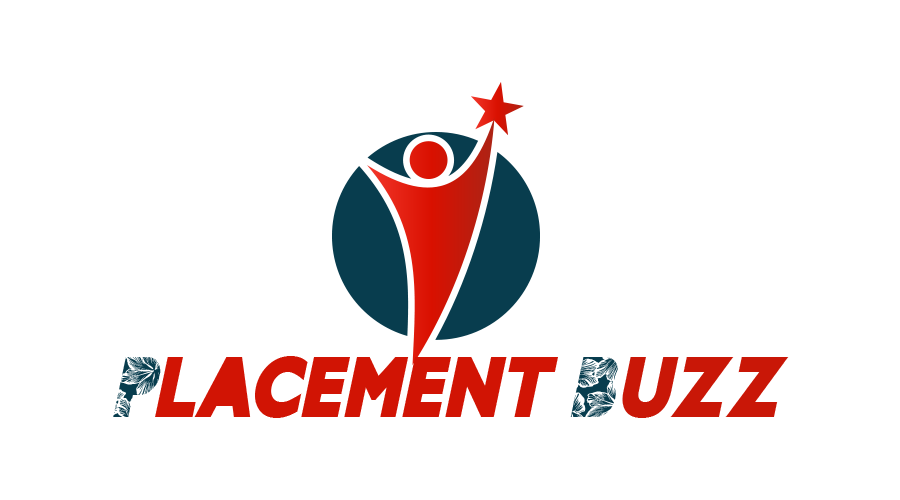In the bustling rhythm of everyday life, filled with distractions and fleeting moments, grabbing someone’s attention is a difficult feat. Yet, there exists a powerful medium that manages to stand tall and unmissable—often without uttering a single word. The hoarding sign has become one of the most commanding forms of visual communication in both urban and rural landscapes, capturing curiosity and leaving lasting impressions.
From towering billboards on busy highways to large signage at construction sites, these signs do more than announce—they build anticipation, narrate stories, and reflect the identity of a brand or message. Unlike fleeting digital adverts that disappear with a swipe, a hoarding offers a constant, physical reminder that can etch itself into the viewer’s memory.
Branding in Big Format: Making Your Message Loud and Clear
When you think of memorable brand campaigns, chances are you recall something bold, visually striking, and impossible to ignore. A strategically placed hoarding can do precisely that. It communicates brand identity, values, and messages all in one sweeping visual. The sheer scale of these signs allows for artistic creativity—bold colours, striking typography, and arresting imagery come together to command the eye.
A hoarding sign isn’t just about aesthetics. It’s about reinforcing trust. When a potential customer sees a brand consistently displayed across multiple locations with high-quality presentation, it silently speaks volumes about the company’s professionalism and reliability.
Transforming Spaces with Purpose
Beyond advertising, these signs serve functional roles in urban development and community communication. Construction sites, for instance, often employ hoarding to mask the disruption behind them while sharing essential information, safety messages, or glimpses of what’s to come. They effectively turn a chaotic environment into an organised narrative, offering reassurance and clarity to passers-by.
For event organisers, these signs become beacons of information. From music festivals to local fairs, a well-designed hoarding helps direct foot traffic, build hype, and make the space feel professionally curated. This ability to both inform and beautify a location makes them indispensable tools in urban storytelling.
The Psychology Behind the Placement
It’s not just what’s written on a hoarding sign that matters—but where it is placed. The psychology behind visual marketing underscores that people absorb information more readily from repeated exposure. Placing signs in high-traffic areas ensures that a brand or message becomes a subconscious fixture in a person’s day-to-day routine.
Moreover, the context of placement adds to its impact. A real estate hoarding on the boundary of a future apartment complex instantly validates the development. A sign promoting a new retail outlet within the mall vicinity gives shoppers a sneak peek of what to expect. It’s about being present at the right place, at the right time, with the right message.
Crafting a Message That Resonates
Designing a hoarding is as much a creative exercise as it is a strategic one. With limited space and a few seconds of attention, the message must be concise yet compelling. The most effective signs don’t just inform; they provoke thought or emotion. A clever tagline, a powerful visual, or a witty phrase can make a sign go from background noise to a conversation starter.
In a world oversaturated with content, simplicity often cuts through the chaos. That’s why the best hoarding are those that strip away the unnecessary and focus solely on what needs to be said—and how to say it with impact.
An Investment That Yields Long-Term Value
While digital advertising might lure with its instant metrics and reach, the benefits of physical signage are often underestimated. A well-positioned hoarding sign remains visible day and night, unaffected by ad blockers, skipped videos, or algorithms. It doesn’t need a screen or a signal—just space and vision.
This long-term presence makes it a cost-effective investment for businesses aiming for sustained visibility. Whether it’s to promote a brand, provide essential information, or shape public perception, these signs play a vital role in building awareness and credibility over time.
Final Thoughts:
In the grand theatre of marketing, where every brand fights for a few precious seconds of attention, the hoarding sign remains a stoic yet powerful performer. It doesn’t demand engagement through clicks or swipes—it earns it by simply being there, striking, and unavoidable. It is where art meets function, and where design meets strategy.
So, whether you’re launching a new product, announcing a big development, or simply wishing to stay top-of-mind in a busy world, never underestimate the quiet confidence and enduring influence of a well-crafted hoarding.


